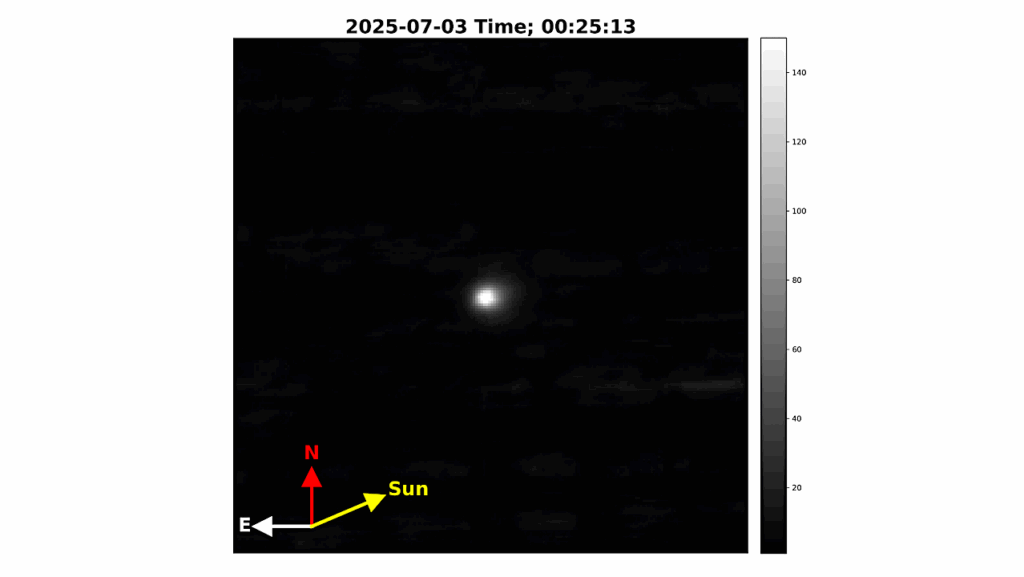Detectable Molecular Features Above Hydrocarbon Haze Via Transmission Spectroscopy With JWST

Some of the exoplanets so far observed show featureless or flat transmission spectra, possibly indicating the existence of clouds and/or haze in their atmospheres.
Thanks to its large aperture size and broad wavelength coverage, JWST is expected to enable detailed investigation of exoplanet atmospheres, which could provide important constraints on the atmospheric composition obscured by clouds/haze.
Here, we use four warm (≲1000 K) planets suitable for atmospheric characterization via transmission spectroscopy, GJ 1214b, GJ 436b, HD 97658b, and Kepler-51b, as examples to explore molecular absorption features detectable by JWST even in the existence of hydrocarbon haze in the atmospheres. We simulate photochemistry, the growth of hydrocarbon haze particles, and transmission spectra for the atmospheres of these four planets.
Our models indicate that all of these planets except HD 97658b, which receives relatively higher UV flux and has smaller planet-to-star radius ratio, have detectable molecular absorption features even for the extreme case of the most efficient production of photochemical haze. Notably, the CH4 feature at 3.3 μm is quite prominent and easily detectable for GJ 1214b-like planet and GJ 436b. For a planet that has extremely low gravity, such as Kepler-51b, haze particles grow significantly large in the upper atmosphere due to the small sedimentation velocity, resulting in the featureless or flat transmission spectrum in a wide wavelength range.
This investigation shows that the transmission spectra with muted features measured by Hubble in most cases do not preclude strong features at the longer wavelengths accessible by JWST.
Detectable molecular features above hydrocarbon haze via transmission spectroscopy with JWST: Case studies of GJ 1214b, GJ 436b, HD 97658b, and Kepler-51b
Yui Kawashima, Renyu Hu, Masahiro Ikoma
(Submitted on 26 Feb 2019)
Comments: 9 pages, 3 figures, resubmitted to ApJ Letters after addressing referee’s comments
Subjects: Earth and Planetary Astrophysics (astro-ph.EP); Solar and Stellar Astrophysics (astro-ph.SR)
Cite as: arXiv:1902.10151 [astro-ph.EP] (or arXiv:1902.10151v1 [astro-ph.EP] for this version)
Submission history
From: Yui Kawashima
[v1] Tue, 26 Feb 2019 19:00:03 UTC (2,278 KB)
https://arxiv.org/abs/1902.10151
Astrobiology, Astrochemistry








